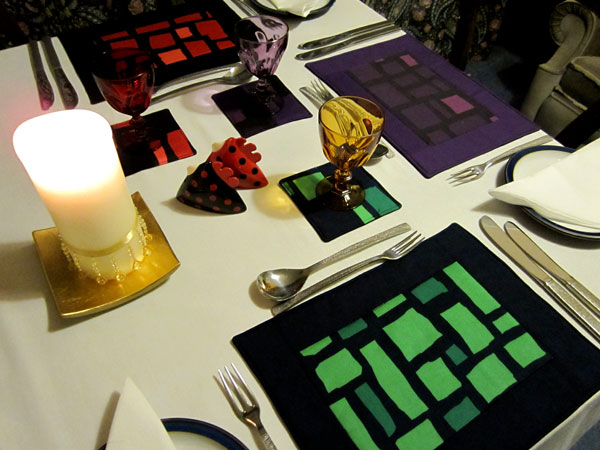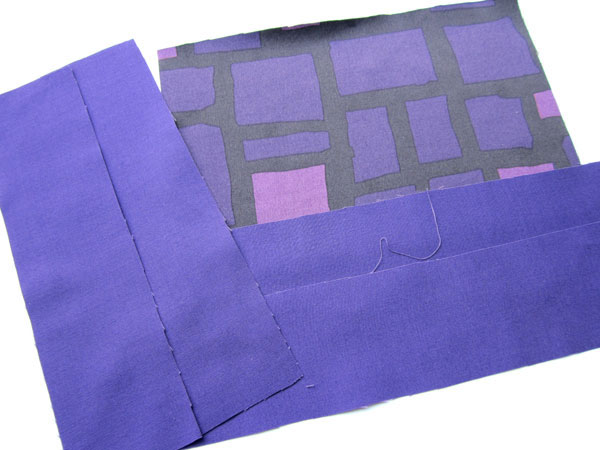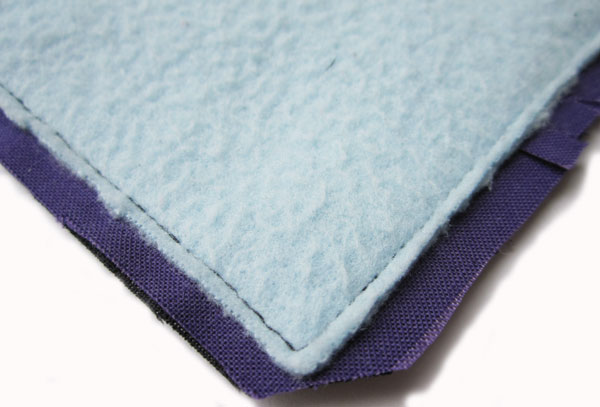The nights are closing in and cold air is sweeping through our homes, Autumn is definitely here! There’s no need to be downcast though, less time out playing means more time indoors crafting for all members of the family. Today I’m showing you some fun Autumn and Halloween crafts that your kids are bound to enjoy. As part of the Bostik Craft Bloggers Network I receive a regular box of themed goodies that let my kids and I enjoy a great afternoon coming up with interesting ideas that are fun to make.
Pegs
Lolly Sticks
Pipe Cleaners
Faux Leaves
Bostik Glu Dots
Bostik Glu Pen
Ribbon
Polystyrene Balls
Melting Beads
Greaseproof Paper
Here’s what that lovely box turned into:
Autumn Peg Fairies
A slight twist on the standard peg person, these peg fairies look great standing on a shelf or hung upon a tree.
Using the Bostik Glu dots two leaves are wrapped around a peg to create the fairy’s skirt.
Next cut a lolly stick into a few pieces and secure to both sides of the peg using the Bostik Glu Dots to make arms.
Wrap ribbon around the peg over and under the arms to make the bodice. Secure using the Bostik Glu Pen.
Next two leaves are used to make the wings. Using a Bostik Glu Dot stick part of a leaf down as shown in the following picture.
Stick to the back of your fairy.
We left our fairies looking simple, but of course you could create hair using wool and draw on a face.
Pumpkin & Skeleton Decorations
Made with specially designed beads these pumpkin and skeleton designs are the work of my son and husband. They could also be used as seasonal coasters.
The beads are arranged in your chosen design upon a board. A piece of greaseproof paper is then laid upon the design and ironed. The iron melts the beads which joins them together.
Spider Monster and Eyeball Decorations
My daughter and youngest son made these designs by colouring in polystyrene balls. The spider monster then had pipe cleaners pushed into place and secured using the Bostik glu pen to make legs. They are very proud of their spooky creations.




















Comments Off on Autumn and Halloween crafts with Bostik!